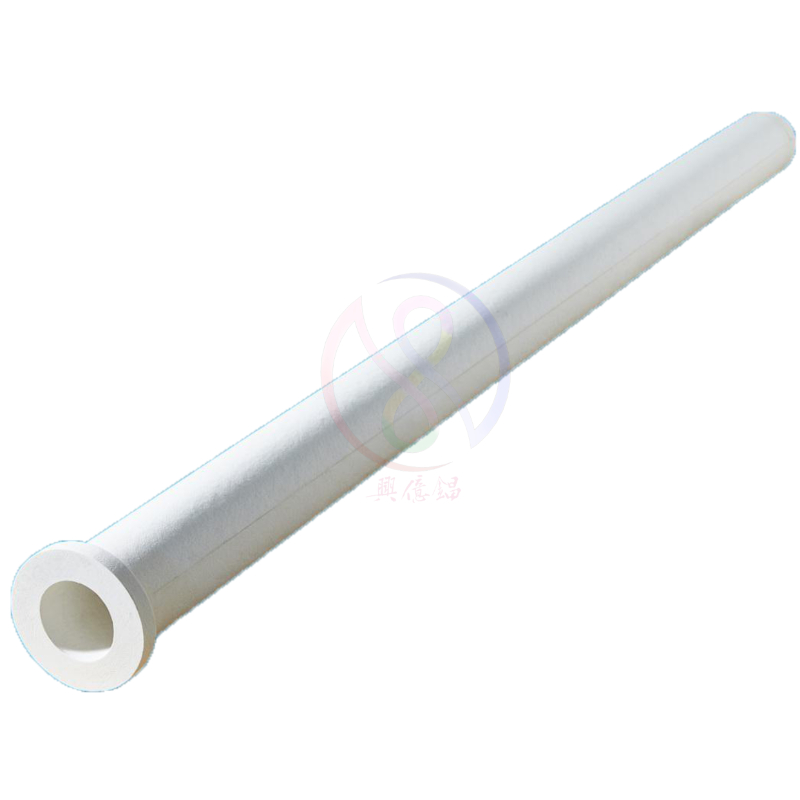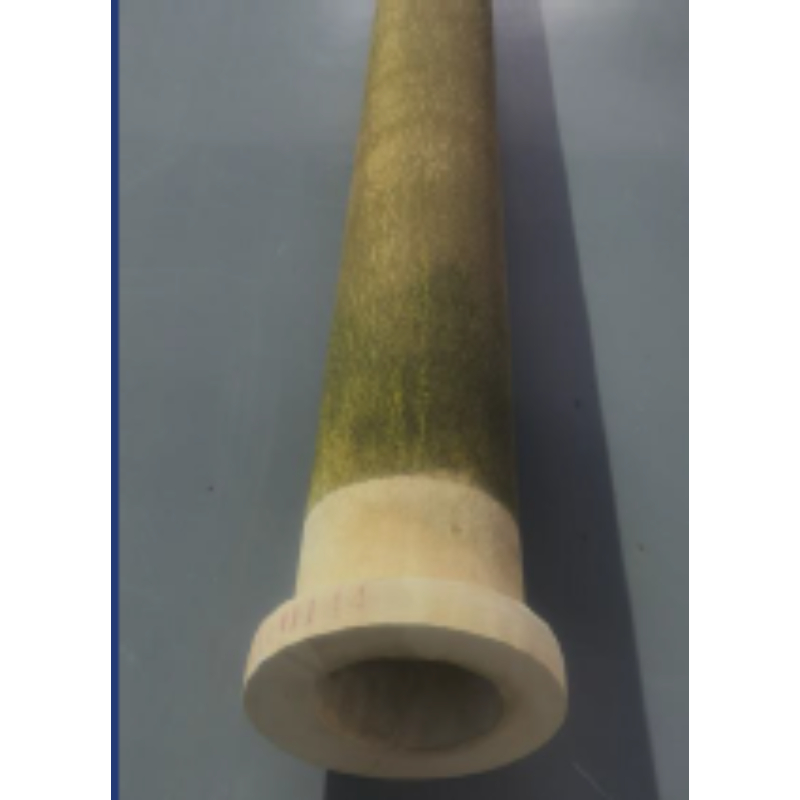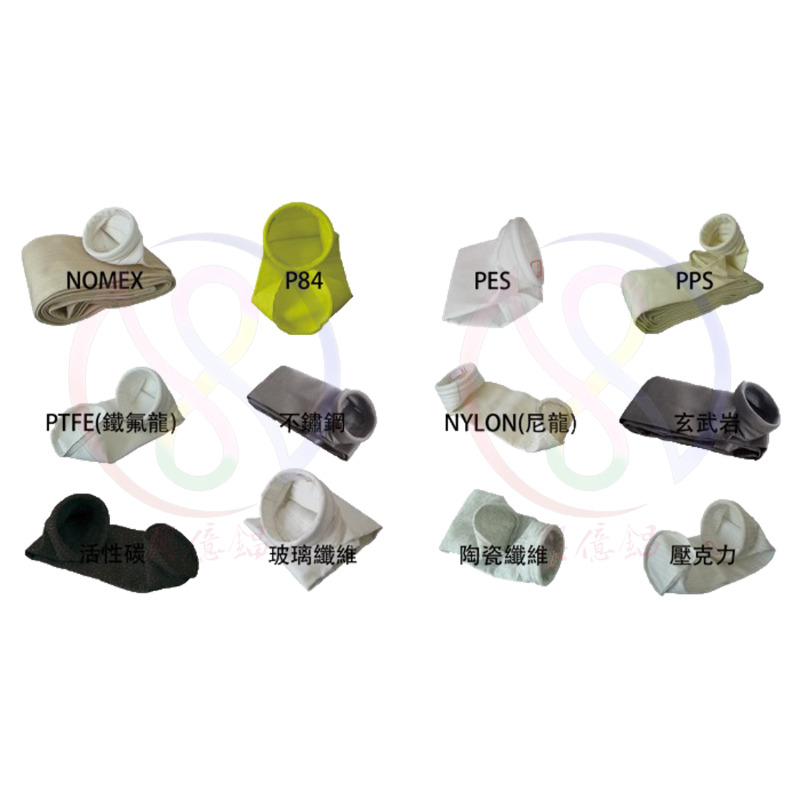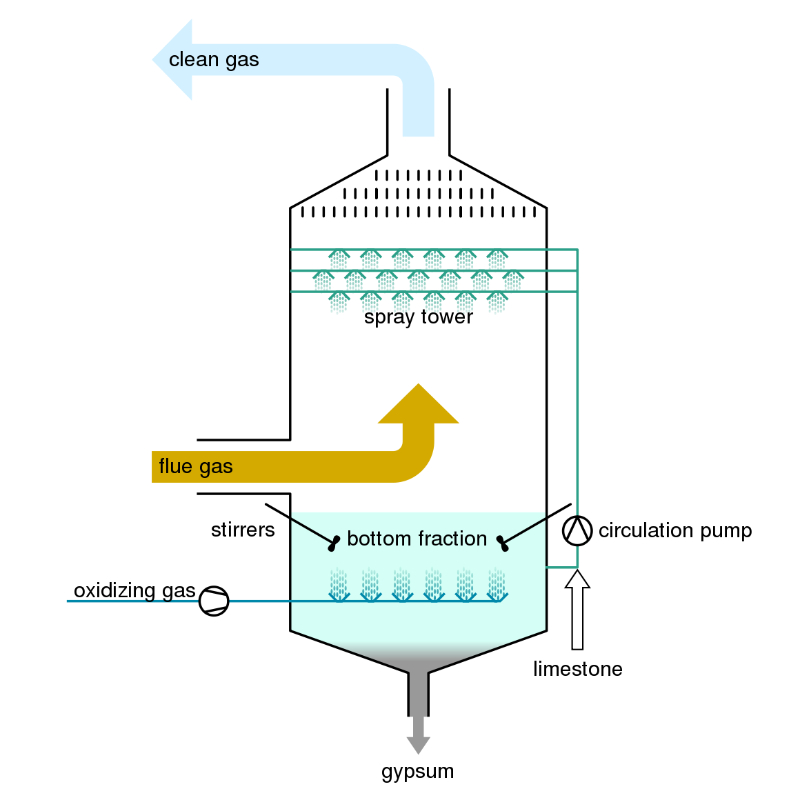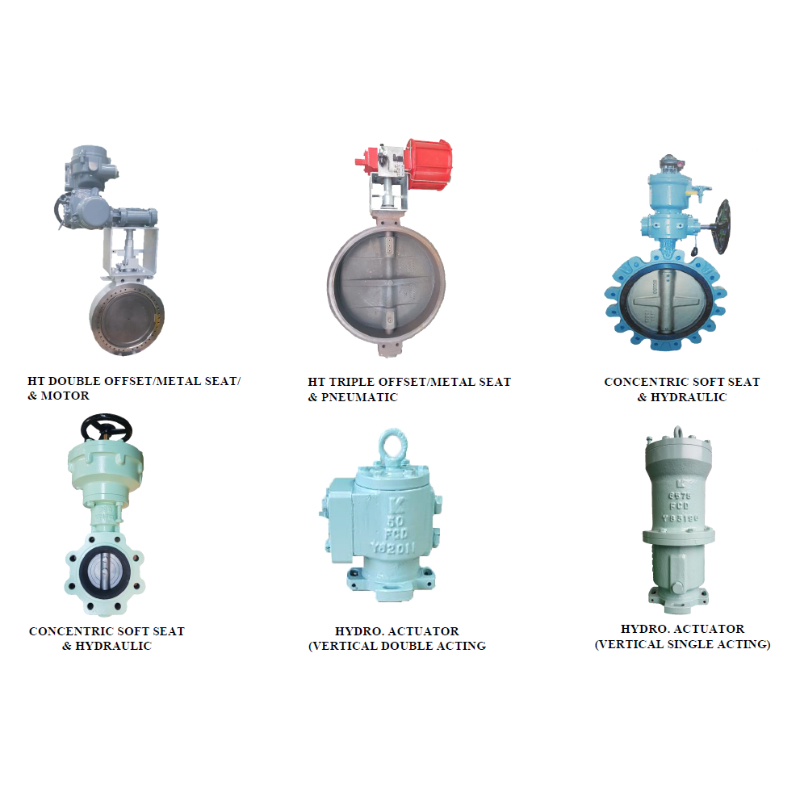-
商品資訊
Ceramic Filter Tube Description
A ceramic filter tube is an efficient filtration device designed to filter out particles from liquids and gases. Made from high-quality ceramic materials, it offers excellent high-temperature resistance, corrosion resistance, and strength, and is widely used in industries such as chemical processing, environmental protection, and pharmaceuticals.
- Working Principle Ceramic filter tubes utilize the porous structure of ceramic materials for filtration. As liquids or gases flow through the filter tube, particles are trapped within the ceramic's micropores, while clean liquid or gas passes through. The pore structure of the ceramic can be designed with different pore sizes to meet various filtration needs.
-
Key Features
- High-Temperature Resistance: Ceramic filter tubes operate stably at high temperatures, making them suitable for high-temperature filtration applications.
- Corrosion Resistance: The ceramic material offers excellent chemical corrosion resistance, suitable for handling corrosive liquids or gases.
- High Strength: Ceramic filter tubes have high strength and abrasion resistance, maintaining good filtration performance under harsh conditions.
- High Filtration Efficiency: They effectively filter out fine particles, providing high filtration efficiency.
-
Advantages
- Durability: Ceramic filter tubes are highly durable and stable, capable of long-term operation with minimal maintenance.
- Easy Operation: The simple structure of the filter tube allows for easy installation and maintenance, fitting various filtration needs.
- Environmental and Energy Savings: Ceramic filter tubes provide efficient particle removal, reducing energy consumption and maintenance costs.
-
Applications
- Chemical Industry: Used for filtering liquids and gases in chemical processes to remove unwanted particles.
- Environmental Protection: Applied in wastewater treatment and air purification systems to filter out pollutants.
- Pharmaceutical Industry: Utilized in liquid filtration during drug manufacturing to ensure product purity.
- Food and Beverage Industry: Employed in the filtration of food and beverage products to remove impurities and ensure quality.
Ceramic Catalyst Filter Tube Description
A ceramic catalyst filter tube combines ceramic materials with catalytic technology, primarily used for catalytic reactions and gas treatment, especially in emission control and chemical reactions.
- Working Principle Ceramic catalyst filter tubes are made from ceramic materials with a catalytic coating on their surface. As gases pass through the catalyst filter tube, the catalyst facilitates chemical reactions that convert harmful substances (such as nitrogen oxides and hydrocarbons) into harmless compounds (such as nitrogen and carbon dioxide). The ceramic substrate provides a stable support structure and maintains good catalytic performance under high-temperature conditions.
-
Key Features
- High Catalytic Efficiency: Ceramic catalyst filter tubes effectively catalyze the conversion of harmful substances, enhancing emission treatment performance.
- High-Temperature Tolerance: The ceramic substrate can withstand high temperatures, making it suitable for high-temperature gas catalytic treatment.
- Good Stability: Ceramic materials offer structural stability, ensuring long-term effectiveness of the catalyst.
- High Surface Area: The large surface area of the catalyst filter tube provides more catalytic reaction sites, improving catalytic effectiveness.
-
Advantages
- Significant Environmental Benefits: Effectively reduces emissions of harmful gases, improving environmental quality.
- Long Service Life: High-quality ceramic substrates and catalysts maintain stable performance over extended periods.
- Energy and Cost Savings: Efficient catalytic treatment reduces energy consumption and enhances system operation efficiency.
-
Applications
- Emission Control: Used in industrial and vehicular exhaust systems to reduce harmful gas emissions.
- Chemical Reactions: Applied in chemical processes to facilitate catalytic reactions.
- Environmental Equipment: Utilized in air purification and exhaust treatment systems to improve processing efficiency.
-
商品Q&A
